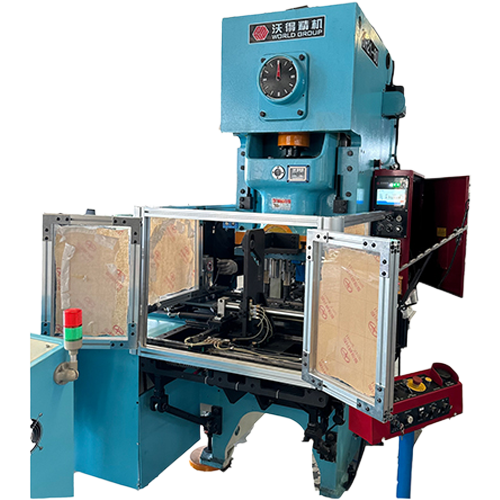Share Three Types of Sewing Machines
Semi-automatic sealing machine:
Semi-automatic sealing machines are usually composed of manual sealing machines, pneumatic sealing machines, electric sealing machines, etc., and are generally suitable for small business production, single-piece production and small-batch production.
Manual sealing machine:
Manual capping machines are currently widely used semi-automatic capping equipment. Due to its advantages such as stable mechanical properties and easy debugging, it is widely used in small factories, workshops, stalls and other units.
This machine cover type has a simple structure and adopts a double-blade folding and sealing method: one blade is a folding edge knife, and the two blades are curved knives. It is usually used for sealing operations of non-vacuum or non-inflatable tanks.
Semi-automatic capping machine operating process:
1. Place the can with lid on the top bracket
2. Press the can onto the mold by pressing the pedal with your foot
3. Pull the handle to quickly roll up one tool and tighten the can lid with the second tool
4. Pedal output finished product
Pneumatic can sealing machine:
This model is slightly more automated than manual can sealers and uses twin cylinders instead of manual operating arms and footrests.
1. Place the can with lid on the top bracket。
2. Press the foot switch and the top bracket cylinder presses the tank into the upper mold oil tank.
III. The swing arm tube allows one cutter to quickly roll up and tighten the can lid with the second cutter.
IV. Finished product output.
Electric can sealer:
The difference between electric can sealers and manual/pneumatic can sealers is that one tool and the second tool are installed on both sides of the mold.
1. Place the can with lid on the top bracket.
2. Step on the foot switch or tank induction switch (different methods from different manufacturers), and the motor cam drives the lower bracket to fix the tank to the upper mold.
3. Driven by the side swing arm cam, the roll cover is first compressed by a tool, and the second swing arm begins to compress after the cam rotates half a circle.
4. Finished product output.
The above models are all common semi-automatic can sealing machines in China, with an average can sealing speed of 15-30 cans per minute. Due to its low cost, low technical threshold and stable quality, it is widely used by many individuals and units. Its disadvantage is that it is not suitable for large-scale automated production lines.
Recommended Products


 EN
EN
 中文简体
中文简体 English
English













